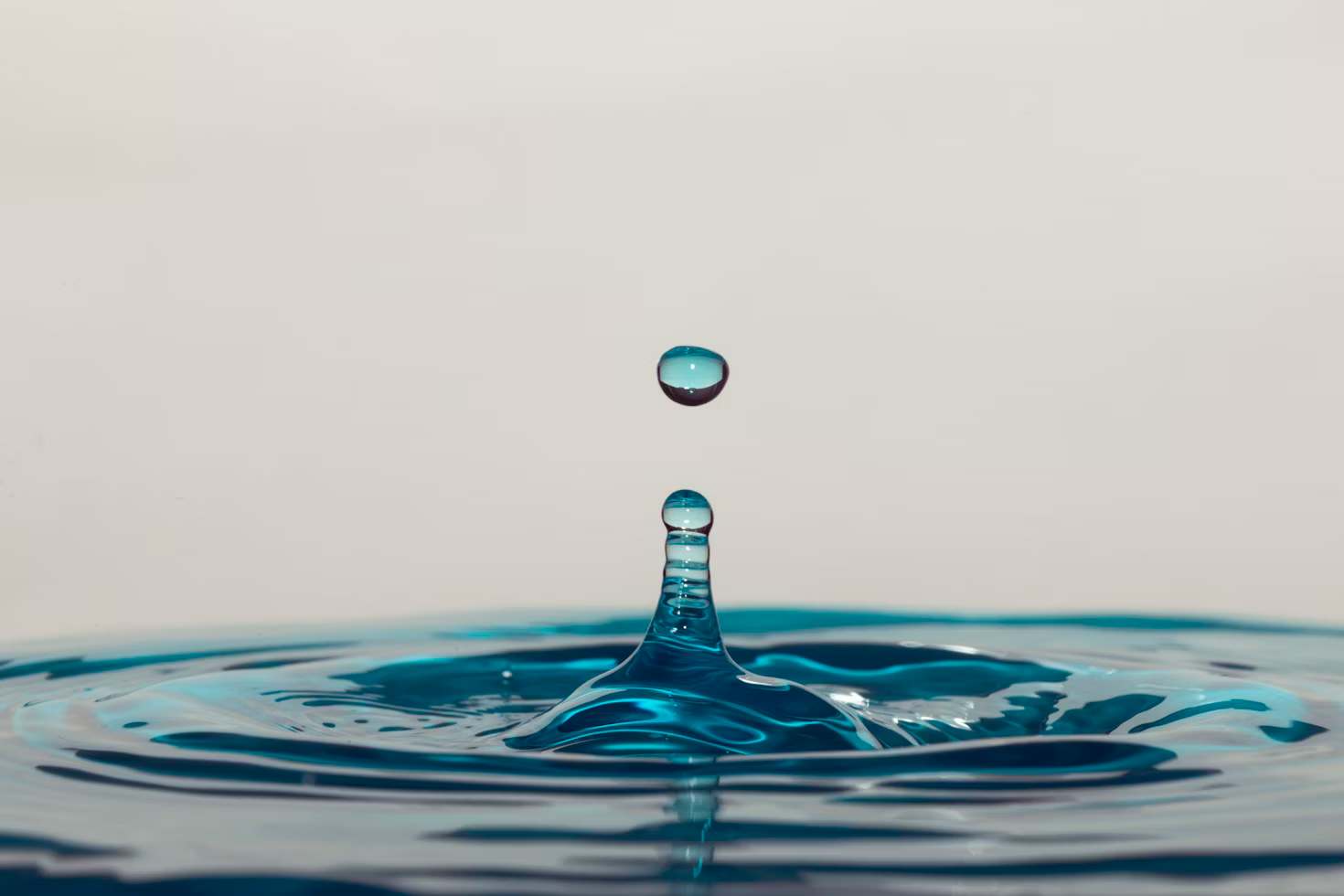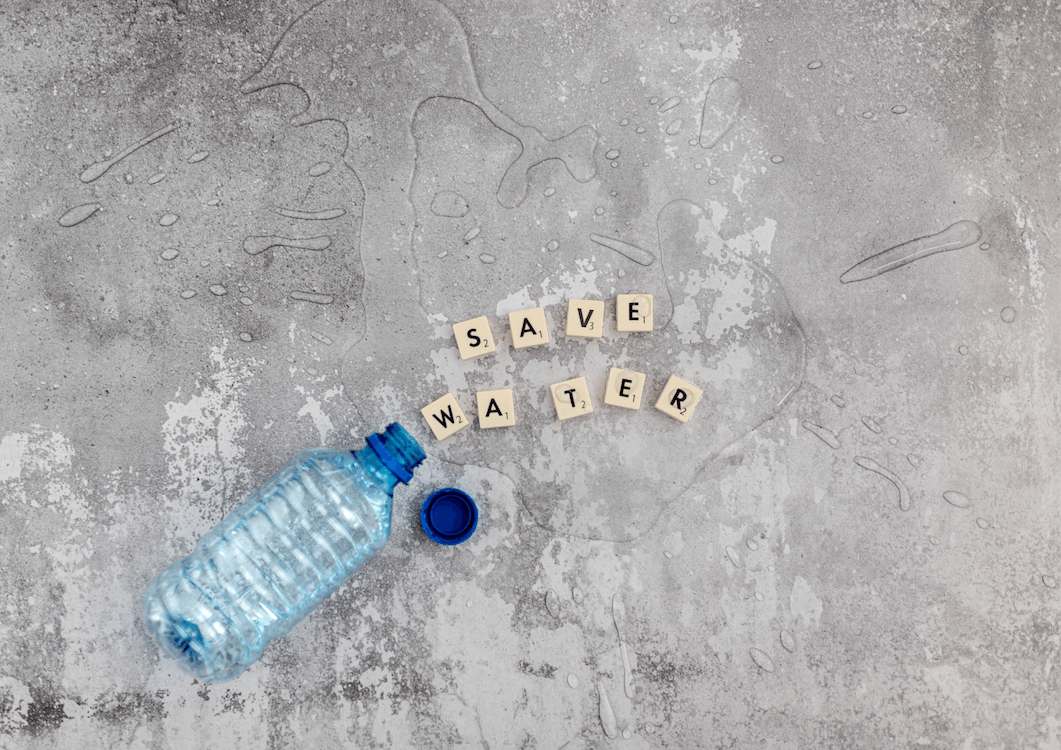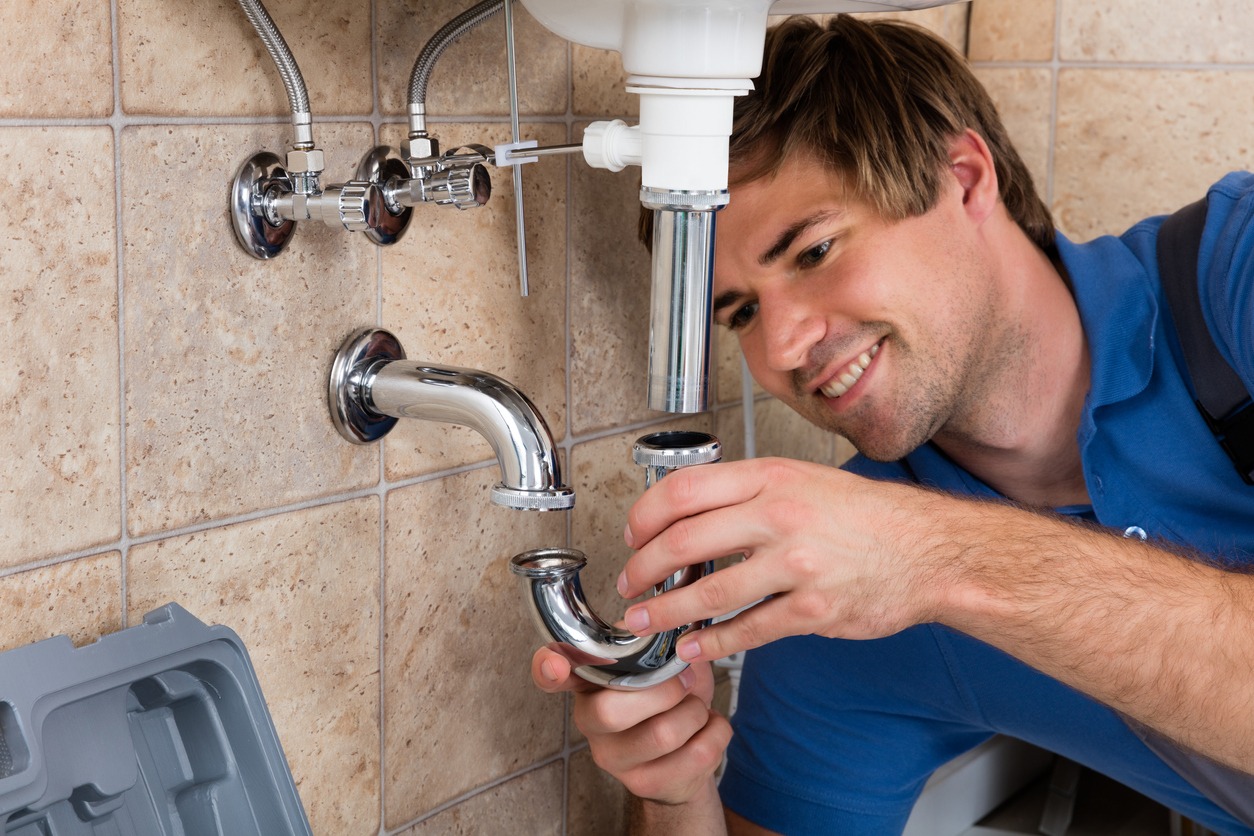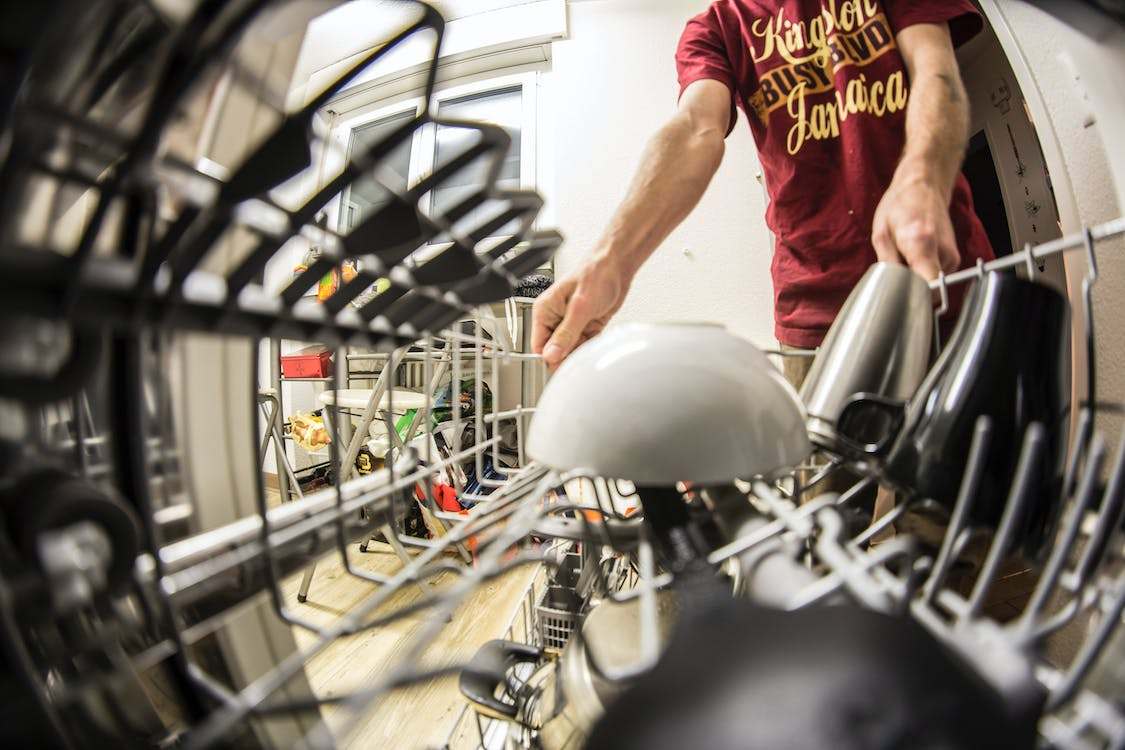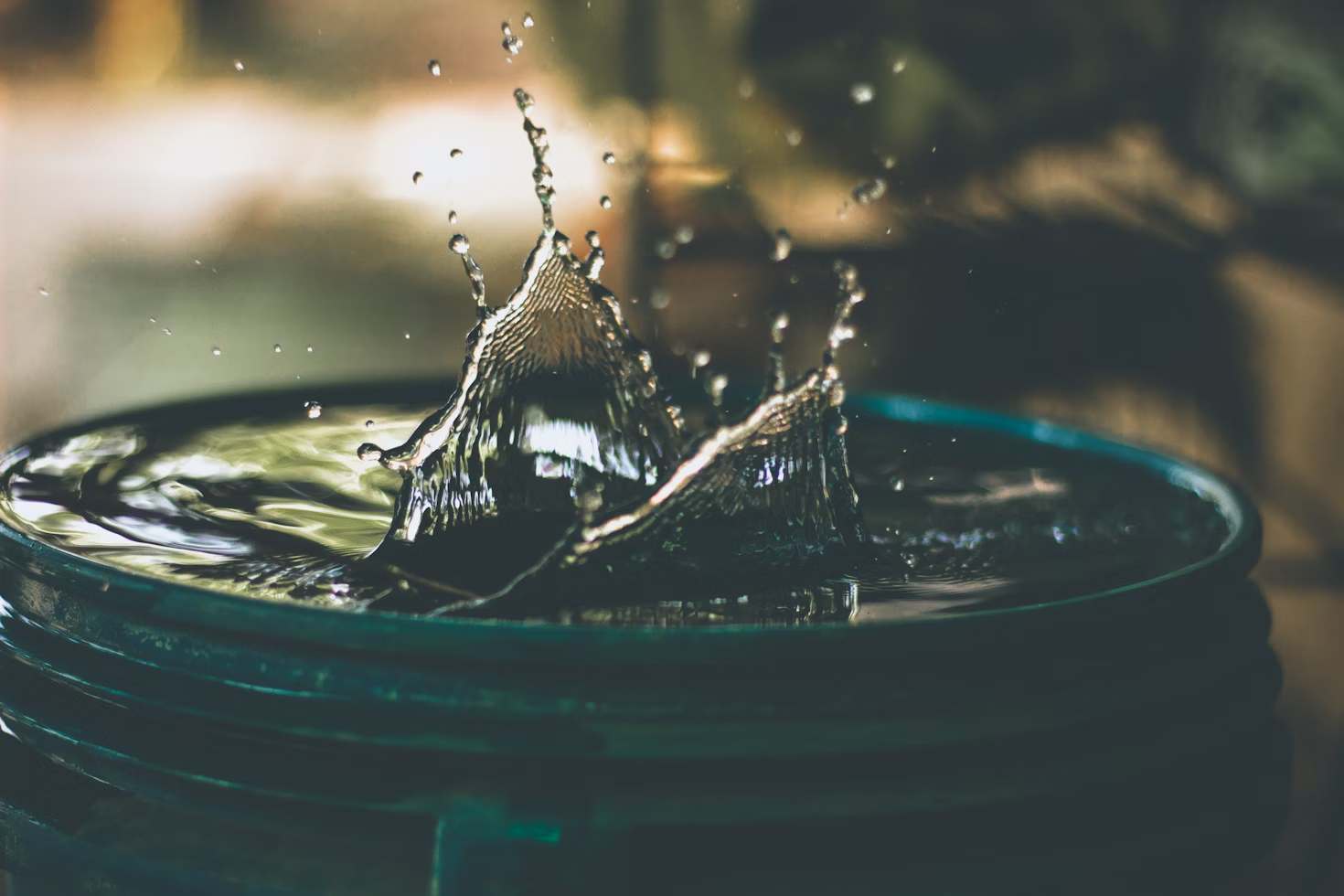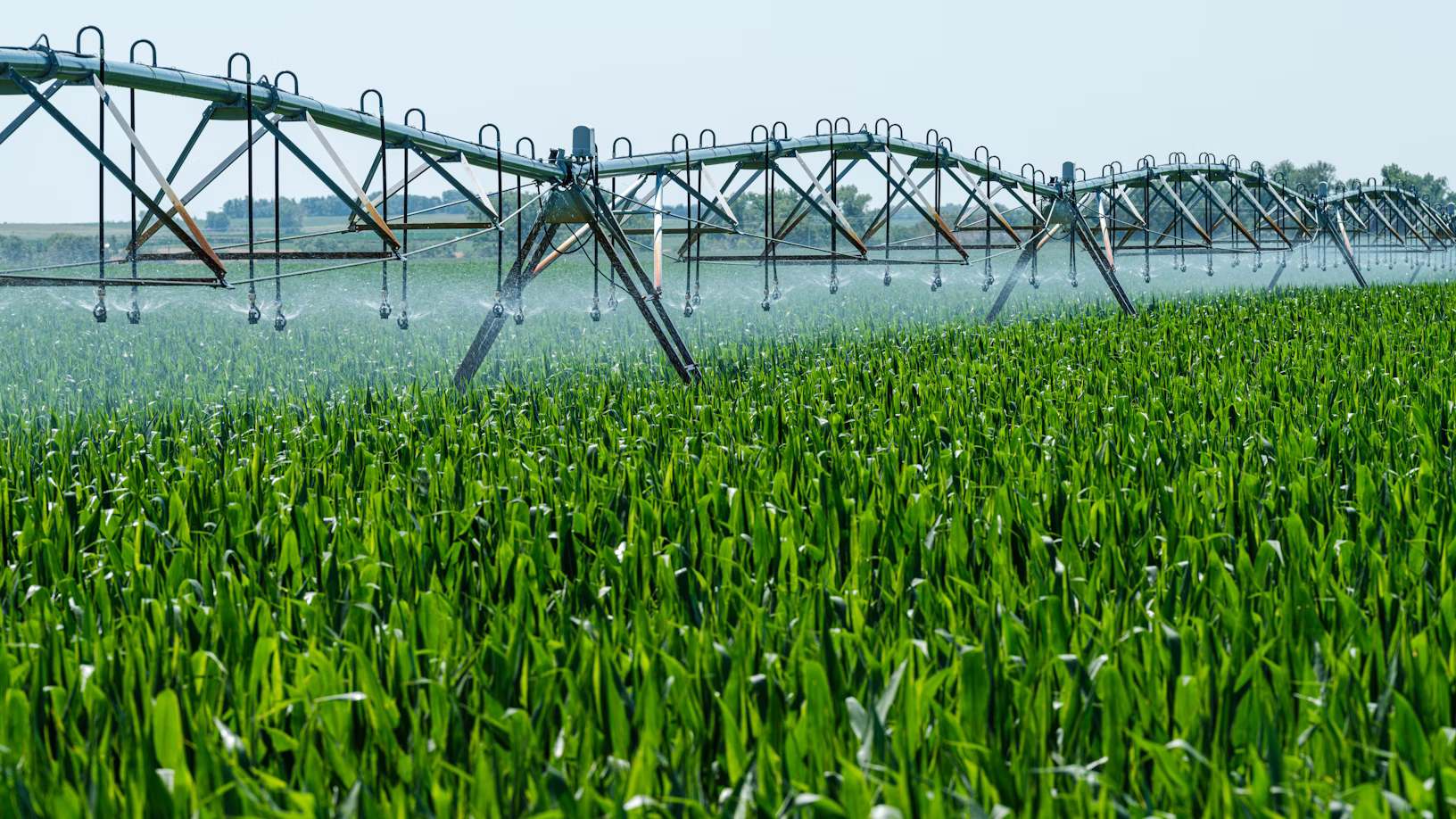Water, a vital resource essential for sustaining all life forms, plays a fundamental role in a myriad of activities, ranging from household necessities to agricultural practices. However, the ever-expanding global population places increasing pressure on our water resources. Neglect of traditional water bodies, overexploitation of groundwater, and insufficient preservation of surface water systems have compounded this challenge, with no signs of abating in the foreseeable future.
In the face of this pressing issue, there are a multitude of approaches available to ensure the responsible use of water resources. One such often overlooked yet straightforward strategy is water reuse. Distinguishing itself from electricity, water can be recycled and reused, making water conservation an imperative concept with both practical and economic implications.
What is Water Conservation?
Water conservation constitutes a comprehensive set of policies, strategies, and activities geared towards the sustainable management of our precious freshwater resources. Its overarching objectives include safeguarding the hydrosphere, addressing humanity’s immediate and future water needs, and averting the specter of water scarcity. (1) A range of factors, such as population size, household dimensions, economic prosperity, and lifestyle choices, profoundly influence the extent of water usage. Furthermore, external pressures like climate change have compounded the challenges, particularly in the domains of manufacturing and agricultural irrigation.
To tackle these issues head-on, many nations have already implemented effective water conservation policies with commendable results. The primary thrust of water conservation efforts involves three core elements: reducing unnecessary water loss, minimizing overall water use, and preventing resource wastage. (2) Additionally, it involves a staunch commitment to preserving water quality and enhancing water management practices to either decrease water consumption or maximize its beneficial applications. Furthermore, in this endeavor, technology solutions have emerged as valuable tools applicable to households, commercial enterprises, and agricultural practices. Simultaneously, social approaches to water conservation, often initiated locally by municipal water utilities or regional governments, play a pivotal role in implementing effective programs involving the community in achieving sustainable water management.
Understanding Water-Related Challenges
Water-related issues encompass a spectrum of critical problems, with water scarcity, lack of access to clean water, and waterborne diseases standing at the forefront. An alarming statistic reveals that 80% of global deaths are attributed to the absence of safe water, leading to the demise of over 5 million people annually due to water-related diseases like hepatitis A, dysentery, and severe diarrhea. (3) The scale of the problem is vast, with an estimated 900 million to 1.1 billion individuals worldwide lacking access to clean drinking water and a staggering 2.4 billion devoid of basic sanitation facilities. What compounds this dilemma is the relentless increase in water demand, outpacing the population growth rate. Over the past seven decades, water demand surged sixfold as the global population tripled. Disturbingly, the United Nations predicts that by 2025, five billion out of eight billion people worldwide will reside in regions grappling with water scarcity, where obtaining enough water for basic necessities becomes an arduous task. (3)
Moreover, several factors contribute to this mounting crisis, including burgeoning populations, expanding agricultural practices, industrialization, and rising living standards, collectively intensifying water demand. This surge in demand is set against a backdrop of drought, overexploitation, and pollution, which have severely diminished water supplies. To bridge the deficit, water sources such as lakes, rivers, and wetlands are often tapped, leading to significant environmental degradation. A 2003 United Nations report underlines this predicament: “Across the globe, groundwater is being depleted by the demands of megacities and agriculture, while fertilizer runoff and pollution are threatening water quality and public health.” (4)
The ominous predictions concerning water-related challenges continue to mount, encompassing the specter of diseases, crop failures, famine, and even conflicts over water resources. Ensuring access to safe drinking water and adequate sanitation remains a daunting challenge, particularly in many developing regions, spanning from shanty towns to impoverished urban areas. In rural settings, the economically disadvantaged may take matters into their own hands by digging wells and managing sanitation in their fields, but these grassroots efforts often fall short of addressing the larger global water crisis.
Furthermore, in today’s generation, humanity encounters two prevalent water-related challenges:
Water Pollution
Water pollution, a pervasive issue in both rural and urban areas, stems from various sources and practices. In rural regions, a substantial portion of pollution can be attributed to untreated sewage, primarily resulting from the absence of adequate toilet facilities and sewer systems. This untreated sewage finds its way into water bodies, eventually contaminating them. Additionally, salts, fertilizers, and pesticides from irrigated agricultural lands contribute to water and groundwater contamination. Overused aquifers are susceptible to saltwater intrusion, compounding the problem. A lack of wastewater treatment facilities is a common issue in places where sewer systems exist. As a result, sewage is often released directly into water supplies, which serve as a vital source of drinking water for the local population.
Agriculture-related pollution further exacerbates the problem. Runoff from agricultural activities carries a potent mix of fertilizers, pesticides, animal waste, herbicides, salts from evaporated irrigation water, and silt resulting from deforestation. These pollutants enter streams, rivers, lakes, ponds, and eventually, the sea. This agricultural runoff sometimes creates “dead zones” in coastal water areas, severely impacting aquatic ecosystems. The industrial sector also plays a role in water pollution. Toxic chemicals and heavy metals from mining and manufacturing processes contaminate water bodies. Additionally, emissions from power plants contribute to acid rain, further degrading surface water quality.
Water Scarcity
Water shortages present a grave concern for numerous countries worldwide, and the root cause often lies not in an actual shortage of water but in the complex interplay of factors, primarily driven by overpopulation. The most distressing aspect is that many individuals are forced to inhabit areas unsuitable for human habitation, where access to water is severely limited. Moreover, it is essential to recognize that water scarcity tends to be a localized issue rather than a national one, typically exacerbated in regions with minimal rainfall or natural water sources, coupled with high population densities.
Repetitive drilling and well construction have led to a concerning phenomenon: the continuous decline of the water table, with some areas witnessing a staggering drop of up to six feet per year. (4) This trend is observable across a multitude of locations, highlighting the widespread nature of this problem. Affluent nations possess the resources and infrastructure to address these shortages through various means such as dam construction, tapping into deep aquifers, food importation, wastewater recycling, and desalination of seawater. Regrettably, developing countries often lack these options and are more vulnerable to the impacts of water scarcity.
Urban centers, too, grapple with the daunting challenge of water shortage. In these areas, water supply is often rationed, with water turned on for a limited period each day, typically around half an hour. Those with financial means can install special storage tanks, allowing them to collect and store water during these brief supply periods, ensuring round-the-clock access. However, individuals without such resources often resort to collecting water in jugs and buckets, sometimes even adjusting to bucket baths when the water supply is cut off. The specter of global warming looms, exacerbating water shortages in some regions while creating entirely new challenges in others. The complex and multifaceted nature of water scarcity demands a holistic and adaptive approach to address this pressing issue locally and globally.
10 Techniques for Efficient Water Conservation at Home
- Inspect Your Toilet for Leaks: Regularly inspecting your toilet for leaks is a prudent step in responsible water usage. An easy yet effective method to detect potential leaks involves the use of food coloring. By adding a few drops of food coloring to your toilet tank and patiently observing without flushing, you can identify any leaks. If the coloring begins to seep into the bowl without a flush, it’s a clear sign of a leak that may be wasting more than 100 gallons of water daily. Addressing even minor leaks is crucial not only for environmental conservation but also for reducing water bills. This simple vigilance can lead to significant water savings and a positive impact on your finances and the planet.
- Shorten Your Showers: Showering is a daily activity that offers a perfect opportunity to make a significant impact on water conservation. A conventional shower can consume anywhere from five to ten gallons of water per minute, making it a substantial contributor to household water usage. By adopting a simple but effective practice, you can reduce your water consumption and play your part in conservation efforts. The idea is straightforward: limit your showers to the time it takes to soap up, wash down, and rinse off. This conscious decision to take shorter showers saves water and reduces the energy required to heat the water, resulting in both environmental and cost benefits. So, by making this small adjustment in your daily routine, you can contribute to a more sustainable and water-efficient lifestyle.
- Upgrade to Water-Saving Shower Heads: Enhancing your shower experience while conserving water is achievable through the installation of water-saving shower heads or flow restrictors. These valuable tools are readily available at your local hardware or plumbing supply store, and they offer an economical and eco-friendly solution. Replacing your standard shower head with these water-saving alternatives can reduce your shower flow to approximately three gallons per minute, significantly decreasing your water consumption. The installation process is straightforward, and your showers will remain rejuvenating and cleansing.
- Switch Off the Faucet While Brushing Your Teeth: A simple yet effective way to contribute to water conservation in your daily life is by adjusting your habits while brushing your teeth. Rather than allowing the tap to run continuously, which can needlessly waste water, adopt a mindful approach. Start by wetting your toothbrush under the running water to ensure its damp and ready for use. Next, fill a glass with the necessary amount of water for rinsing your mouth. As you brush your teeth, turn off the tap to prevent water from flowing continuously. This minor change in your routine promotes efficient water use and underscores the importance of mindfulness in conserving this precious resource. It’s a small step that, when taken collectively, can lead to significant water savings and a positive environmental impact.
- Inspect Faucets and Pipes for Leaks: Regularly checking your faucets and pipes for leaks is a simple yet impactful way to conserve water and minimize wastage. Even the tiniest of drips, when left unattended, can result in the loss of more than 50 gallons of water each day. Leaky faucets and pipes are not only an economic burden due to increased water bills but also an environmental concern, contributing to unnecessary water usage. Identifying and promptly fixing leaks can make a substantial difference in preserving our precious water resources and reducing your utility expenses. This proactive approach to leak detection not only benefits your wallet but also supports a sustainable and responsible approach to water use.
- Store Drinking Water in the Refrigerator: One practical step toward conserving water and promoting eco-friendly practices is to keep a bottle of drinking water in your refrigerator. This simple habit can put an end to the wasteful practice of running the tap to cool the water before consumption. By having cold water readily available in the fridge, you eliminate the need to run the tap for an extended period, waiting for the water to reach the desired temperature. This not only saves water but also reduces your utility bills and minimizes the environmental impact of unnecessary water wastage. It’s a small yet effective change in your daily routine that aligns with responsible and mindful water use, contributing to a more sustainable lifestyle.
- Efficient Lawn Watering: Optimizing your lawn watering practices is a crucial aspect of water conservation. Unlike adhering to a fixed schedule, which often overlooks natural factors like cool spells and rainfall, watering your lawn only when necessary can significantly reduce water usage. Conducting a tactile test is a simple and effective method to determine your lawn’s watering needs. Step on the grass, and if it quickly springs back when you lift your foot, it indicates that the lawn doesn’t require additional water at that moment. This practice conserves water and promotes responsible lawn care, aligning with the principles of mindful and sustainable water use.
- Maximize Dishwasher Efficiency with Full Loads: One effective strategy for conserving water and promoting eco-friendly practices in your home involves making the most of your automatic dishwasher. The key is to use it exclusively when you have a full load of dishes to clean. This approach optimizes both water and energy consumption during each cycle, ensuring that every drop of water and bit of electricity is utilized efficiently. Running your dishwasher with a full load not only minimizes water wastage but also contributes to reduced utility bills, making it a financially sensible choice as well. By adhering to this practice, you align with water conservation principles and reinforce the importance of responsible resource management in your daily routines.
- Conserve Water While Preparing Food: A straightforward way to save water in your daily kitchen routines is to avoid letting the faucet run needlessly while cleaning food for cooking. This practice entails turning off the tap when it’s not in use, such as when you’re washing vegetables, fruits, or other ingredients. Instead of allowing water to flow continuously, use a basin or a plugged sink to conserve the water used for cleaning. By adopting this approach, you can significantly reduce water wastage and contribute to more responsible and sustainable water use in your home.
- Efficient Laundry Practices: When it comes to doing laundry, conserving water is just as important. To achieve this, avoid allowing the washing machine’s tap to run unnecessarily during your laundry routine. One effective method is to load the machine with a full load of laundry to maximize each cycle’s water efficiency. Additionally, consider using the appropriate water level settings for the size of the load to prevent overuse. Moreover, if you’re pre-treating stains or soaking clothes before washing, use a basin or bucket rather than running the tap continuously. This conserves water and ensures that every drop is used effectively. Practicing these water-efficient laundry habits can contribute to responsible resource management, lower water bills, and a more sustainable approach to household chores.
Five Agricultural Practices to Conserve Water
- Water Collection and Storage – Water harvesting and reuse systems play a pivotal role in capturing and storing runoff and stormwater for future use, offering a range of local and global advantages. These systems are thoughtfully designed to gather and retain rainwater, which can be employed for various purposes. At the local level, they aid in decreasing runoff volume and averting water quality deterioration downstream. This immediate benefit contributes to healthier local ecosystems and mitigates the potential for flooding. However, their significance extends far beyond local applications. Water harvesting and reuse systems form a crucial part of sustainable water management practices, addressing multiple challenges simultaneously. By harnessing and storing collected water, these systems reduce the demand for conventional freshwater sources, subsequently decreasing the strain on those resources. This not only aligns with water conservation principles but also fosters a more sustainable approach to water utilization.
- Drip Irrigation – This stands out as a highly efficient approach to meeting crops’ water and nutrient needs, ensuring their optimal growth and productivity. This method offers a systematic and precise way to supply water and essential nutrients directly to the root zone of each plant, delivering them in the right quantities and at the most opportune times. Consequently, farmers can achieve greater crop yields while conserving vital resources such as water, fertilizers, and energy. The fundamental principle of drip irrigation lies in its ability to provide resources where they matter most, at the very root of each plant. By doing so, it minimizes wastage and maximizes the effectiveness of water and nutrient utilization in agriculture. The result is a win-win scenario: reduced resource waste, which is both economically and environmentally advantageous, and an increase in overall agricultural productivity.
- Rotational Grazing – This strategic livestock management approach involves systematically moving animals across fields to stimulate pasture regeneration. Farmers can promote healthier pastures with enhanced water-absorption capabilities and reduced runoff by carefully managing grazing patterns. The cumulative effect of this method is the development of more drought-resistant pastures, which are ecologically beneficial and water-saving. Moreover, effective grazing management practices boost the soil’s ability to retain moisture by increasing soil organic matter and promoting better fodder coverage. This improved vegetation cover minimizes soil erosion, encourages water infiltration, and ultimately enhances water retention in the soil. The results are twofold: a more sustainable use of available water resources and improved pasture quality, which benefits both livestock and the environment.
- Irrigation Scheduling – Irrigation scheduling is a critical practice employed by irrigation system managers to determine the most suitable frequency and duration of watering. This meticulous approach to water management considers several critical factors, including the irrigation method used, the volume of water applied, the timing of irrigation events, and their frequency. By integrating all these elements, farmers ensure that crops receive the precise amount of water they need for optimal growth while minimizing water waste. Additionally, farmers engaged in irrigation regularly consult weather forecasts, assess soil moisture levels, and monitor the condition of their crops. This constant vigilance enables them to fine-tune their irrigation schedules as conditions change, thereby preventing both under-watering, which can hinder crop growth, and over-watering, which may lead to water waste and potentially harmful effects on plant health and productivity.
- Dry Farming – This stands out as an innovative agricultural approach that challenges traditional irrigation practices. This method of crop production distinguishes itself by not relying on irrigation, particularly during dry seasons. Instead, it leverages the moisture stored in the soil from the previous rainy season, making it a location-specific, low-input strategy tailored to the constraints of the local climate. In dry farming, crops are cultivated with minimal or no irrigation, and the key focus is maximizing the soil’s natural moisture content. This approach necessitates a keen understanding of the local climate, enabling farmers to make informed decisions regarding crop selection and management practices that align with the available resources. The primary objective of dry farming is to achieve sustainable crop production while minimizing water use.
Conclusion
Water is undeniably a fundamental element that sustains all life on Earth, encompassing a multitude of facets in both human and non-human existence. However, as time progresses, the challenge of water scarcity looms large, affecting both rural and urban communities. This underscores the crucial significance of comprehending the principles of water conservation. This is not just a matter of necessity; it’s a pathway toward a more sustainable future. By adopting responsible water management practices, we can address the imminent environmental concerns related to water scarcity while simultaneously benefitting our economy. Through collective efforts and a shared understanding of the importance of water conservation, we can safeguard this invaluable resource for future generations.
